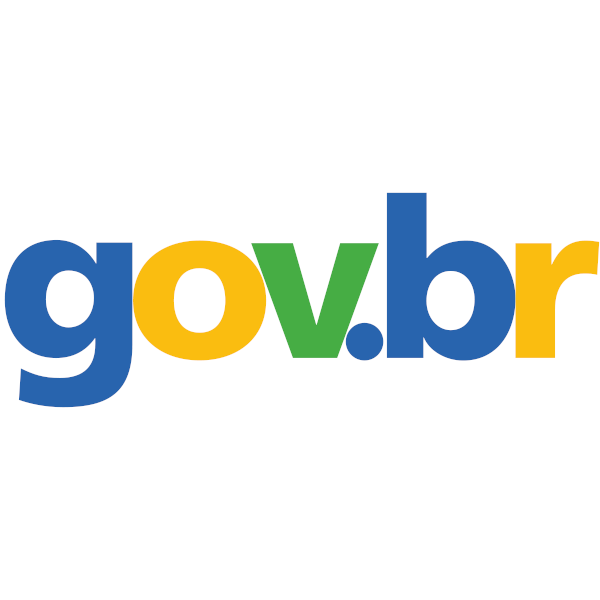
Dia de Mobilização marca o início do recenseamento da população indígena — Português (Brasil)
agosto 10, 2022
Operação fiscaliza postos de combustíveis no Distrito Federal — Português (Brasil)
agosto 11, 2022 [ad_1]
The use of artificial intelligence-based worker management (AIWM) systems can help design healthy and safe jobs and workplaces, but it may also bring about risks to workers such as intensification of work, loss of job control and dehumanisation.
A new report outlines the risks and opportunities of AIWM systems for occupational safety and health. The report includes statistical data analysis of the 2019 ESENER survey and is based on a literature review and expert interviews. Following on from the overview report on the topic, it also explores possible prevention measures, emphasising the need for human-centred and ‘prevention through design’ approaches to ensure workers’ health, safety and wellbeing.
Two policy briefs complement the findings and give recommendations to help address the risks and suggest prevention measures.
Read the report and summary Artificial intelligence for worker management: implications for occupational safety and health
Consult the policy briefs Artificial intelligence for worker management: risks and opportunities and Artificial intelligence for worker management: prevention measures
Consult other publications on new forms of worker management
More about the project Digitalisation of work
[ad_2]
Origem da notícia



